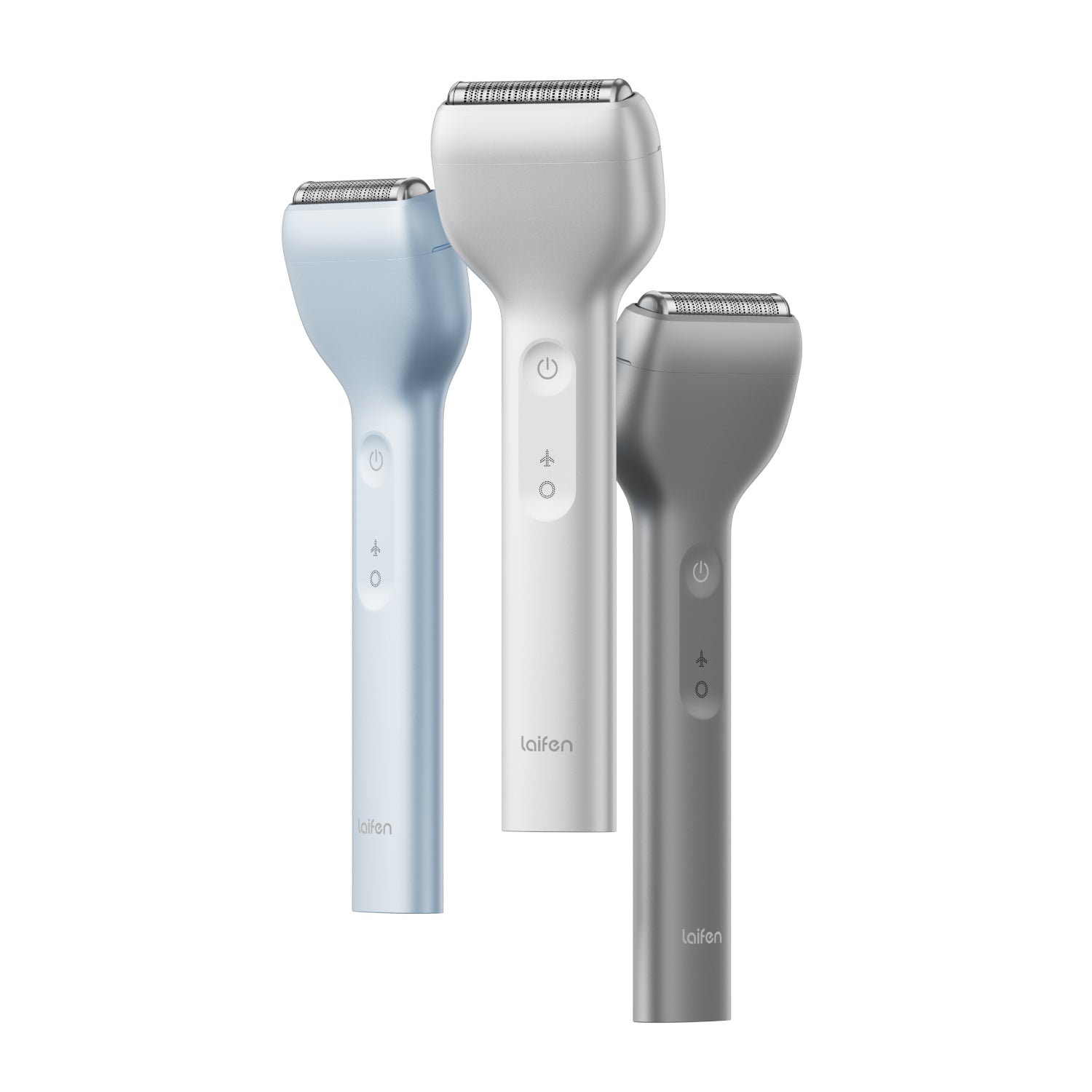
In this article
If you’re struggling with damaged hair, you’ve likely heard the term ‘hair cuticle’. Repairing it and maintaining it is crucial for obtaining the smooth, silky, healthy hair of your dreams … but what exactly is it?
We’ll be answering all your pressing questions in this guide, from explaining what a hair cuticle is to describing the signs of a damaged hair cuticle, as well as sharing ways to treat and repair yours. Beautiful, healthy hair is closer than you think!
What Is A Hair Cuticle?

First of all, let’s cover the bases. Hair strands are made up of several layers that offer protection, structure, strength, elasticity, and pigment.
The cuticle is the outermost layer. It’s responsible for protecting the inner layers from the elements, providing shine, and maintaining moisture within the strand. As the external layer, it’s also the one that’s most prone to damage.
What Does a Damaged Hair Cuticle Look Like?

A hair cuticle is made up of overlapping keratin proteins, much like roof tiles.
A healthy hair cuticle will have tightly linked proteins that lie flat, creating smooth, frizz-free hair. It also provides more shine, as light reflects off a smooth surface more easily than a rough one. Finally, strands with healthy hair cuticles will be well-hydrated since the moisture is safely sealed in the inner layers.
If a hair cuticle is damaged, the keratin proteins begin to crack and lift, resulting in an uneven surface that allows moisture to easily escape. This is why damaged hair often appears to be dull, frizzy, and rough.
Common Signs of a Damaged Hair Cuticle
- Dull, lifeless appearance
- Frizz and increased tangling
- Dryness and rough texture
- Split ends and breakage
Common Causes of Hair Damage
- Mechanical damage: incorrect brushing technique, incorrect choice of hair ties and/or accessories, general friction.
- Heat damage: heat-based hair tools like flat irons, curling irons, and hair dryers
- Chemical damage: bleach, hair dye, and/or chemical hair treatments
- Lifestyle damage: diet, age, and styling habits
Can You Repair a Damaged Hair Cuticle?
Don’t worry if you feel that your hair cuticles are damaged. It’s a common occurrence that happens to the best of us. The good news is that you can improve your hair’s health with proper care and maintenance.
How to Treat a Damaged Hair Cuticle

Choose the right products: Make sure you’re using shampoos, conditioners, and other products with nourishing ingredients like silk proteins, keratin, ceramides, fatty acids, and humectants. Avoid ingredients that can strip hair of its natural oils, like sulfates, alcohols, and parabens. You may want to amp up your routine with daily moisturizing treatments like leave-in conditioners and weekly deep conditioning hair masks.
- Bond-repairing treatments are great for chemically damaged hair.
- Hot oil treatments can help seal and smooth the cuticle.
- Protein treatments will be beneficial for strengthening weakened hair.
Adjust your care routine: Look for gentler ways to treat your hair. This could mean …
- Investing in a boar bristle brush: These naturally-derived brushes are gentle on hair, can detangle without too much pulling, and naturally contain keratin that nourishes your hair.
- Switching to silk hair ties & pillow cases: Silk is another natural material that is beneficial for hair. It’s made up of the same proteins that hair is, which makes the two naturally compatible. Plus, the smooth texture is gentle on hair and reduces friction while helping strands retain moisture.
- Limiting heat exposure: Try to wash your hair in cooler temperatures, limit your use of hot tools, and be sure to protect your hair from the sun’s rays with hats or specialized products.
- Limiting chemical exposure: You may need to take a break from hair dye or any other chemical treatments while your hair heals.
- Get regular trims: Clean up any split ends and prevent further damage with regular trims. Most stylists recommend getting trims every 6-12 weeks, depending on your hair type and length. You can get away with waiting longer between trims if you have long and thick hair, while those with short, fine hair should make more frequent appointments. If your hair cuticle is seriously damaged, you may want to get a big chop so you can start fresh.
Maintain a healthy lifestyle: Your lifestyle can also impact your hair’s health. Be sure you’re eating a diet rich in vitamins like biotin and omega-3 fatty acids, which are beneficial for healthy hair.
Be consistent: Healing damaged hair takes time and is an ongoing effort. Some of the changes and adjustments you make may need to be permanent.
Conclusion – How To Fix A Damaged Hair Cuticle
A damaged hair cuticle may be a major source of discontentment for you, but it doesn’t have to be the end of the world. You can get back to smooth, shiny, healthy hair by adopting a gentle, nourishing routine and staying consistent.












